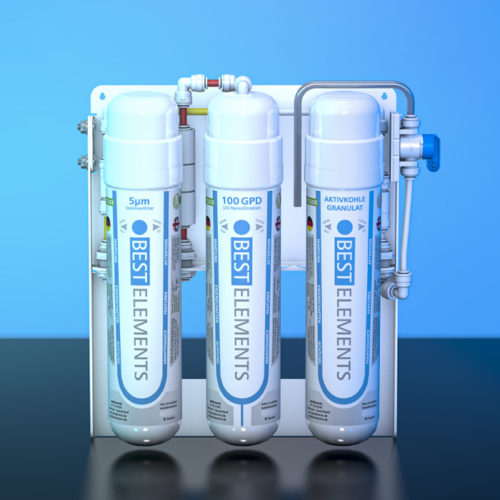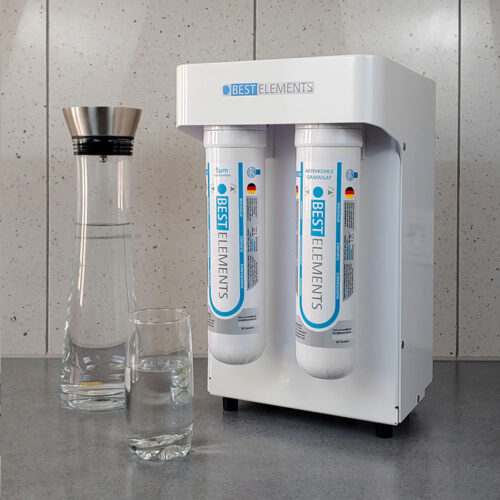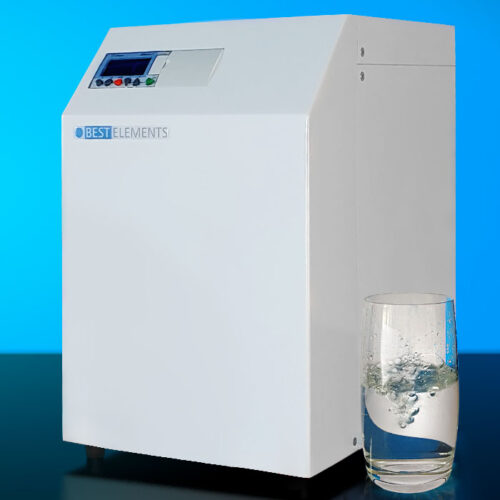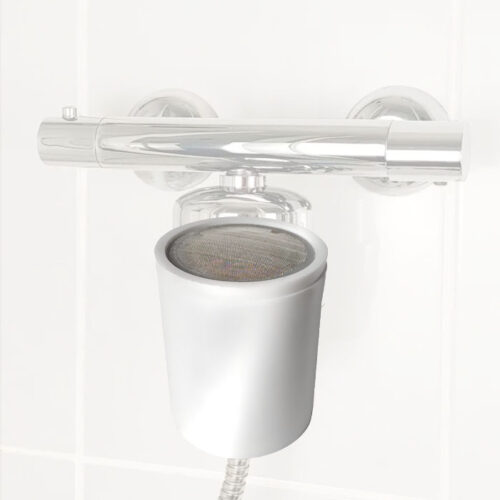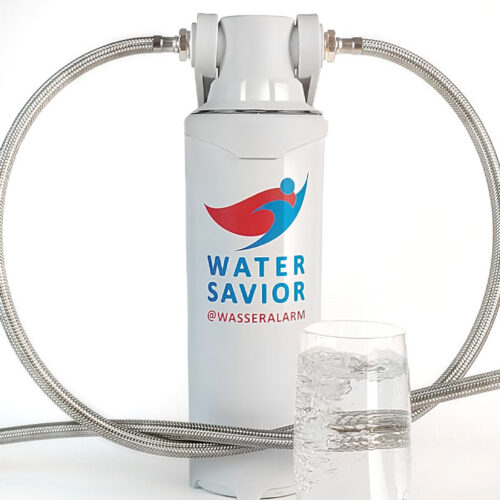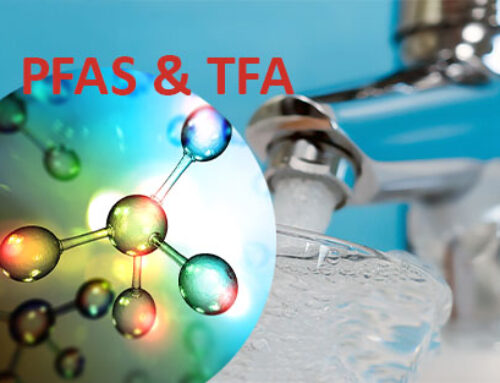The number of sperm in men has fallen sharply worldwide within four decades. A meta-study by the Hebrew University of Jerusalem HUJI is based on data from over 57,000 men from 53 countries.
According to this study, the average sperm count fell from 101.2 million to 49 million sperm per milliliter of semen between 1973 and 2018. As the scientists working with Hagai Levine report in the specialist magazine Human Reproduction Update, the data also show that the number of sperm is declining more and more rapidly. Sperm count is currently declining at a rate of 1.1 percent per year.
The reason for the decline could be the increased intake of the female sex hormone estrogen via the drinking water. Women who take birth control pills excrete this hormone in their urine. Because sewage treatment plants cannot filter it out of the wastewater, the hormone ends up in people’s drinking water.
Source: forschung-und-wissen.de
Hormones and micropollutants in drinking water have potentially significant impacts on human health
The environmental impact of micropollutants at the outlet of sewage treatment plants is undisputed
286 micropollutants were identified that are classified as priority by the European Union. The lack of raw data and information on the effects of these substances on the aquatic environment has forced the study to focus on just 88 molecules. The tiny concentrations of these molecules have “potentially significant impacts” on aquatic ecosystems, as well as potentially human health.




